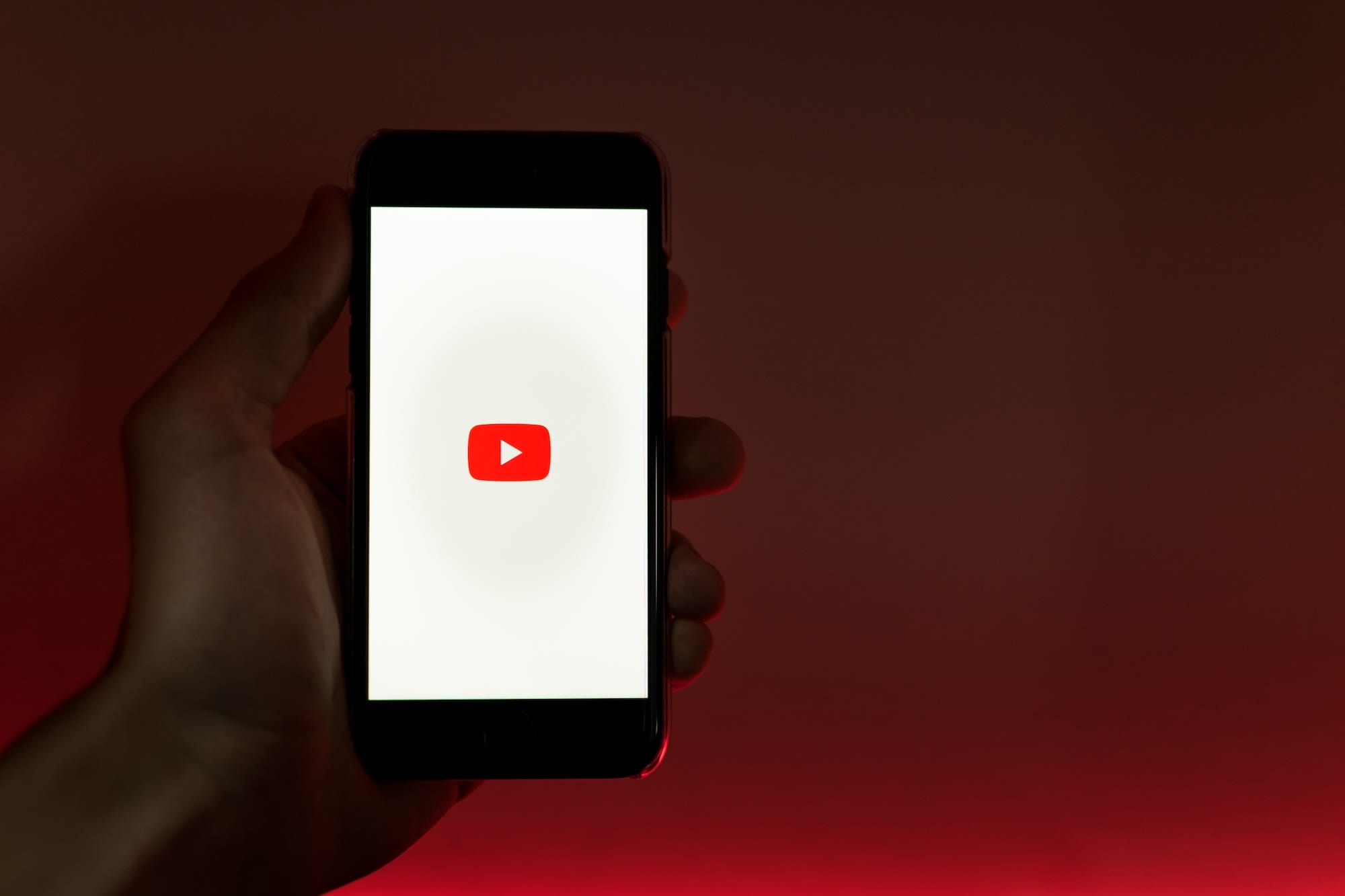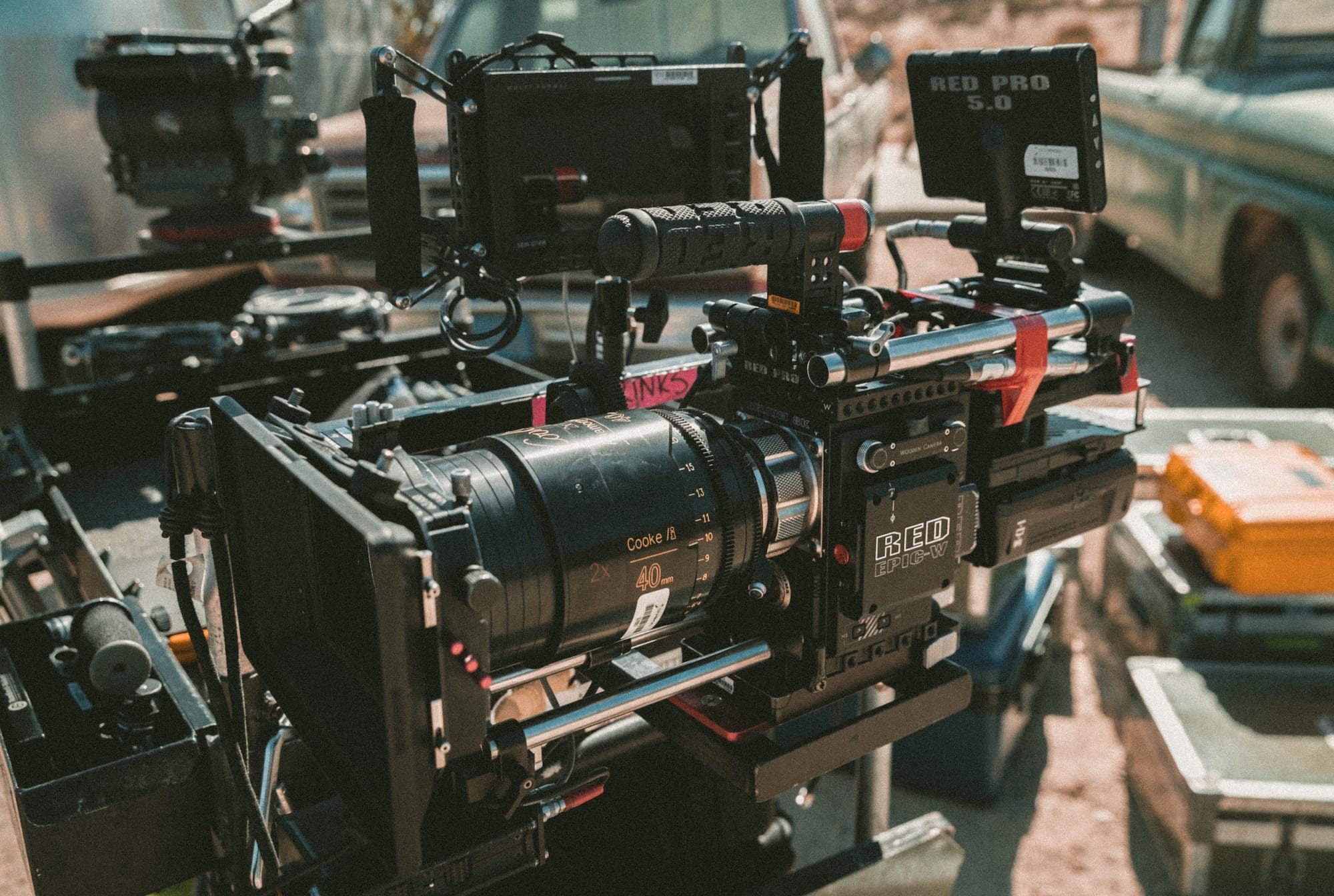< Back to all posts
How to Optimize YouTube Videos: Get the Most from Your Posts
If your business is utilizing video, odds are you’re also utilizing YouTube to make distributing and reposting your videos even easier. It makes sense given that YouTube is globally the second most visited website with over 30 million people watching 5 billion videos every day. But to get the most from your channel, you need to know how to optimize YouTube videos.
Taking the proper steps to ensure your videos are optimized for YouTube can give you an edge over your competition. Additionally, it will play a huge role in making sure you have the opportunity to stand out in your industry or branded content niche.
There are over 300 hours of video uploaded to YouTube every minute. Which means you need to do everything in your power to help your brand stand tall above an endless sea of content!
It takes time and effort to produce a great video project. Take a look at our guide and learn how to optimize YouTube videos and give your company the chance to let it be seen by more people.
YouTube Optimization: Video and Audio Specs
Luckily, YouTube makes it pretty easy for anyone to upload and share content and encourages users to upload videos that are as close to the original, high quality source format as possible to maintain the ‘HQ’ playback that’s become standard for the medium.
YouTube also re-encodes all videos to further optimize playbacks. 1080p HD broadcasts work best and should be standard on most cameras today. YouTube also supports 4K video. File formats should be MPEG-2 or MPEG-4 with a minimum audio-visual duration of 33 seconds with native frame rates (24, 25, or 30 fps).

Aspect ratios are made easy, as the YouTube player automatically frames vides to make sure they display correctly. You won’t have to worry about your videos getting cropped or stretched. For example:
- Videos with a 4:3 aspect ratio get framed with vertical bars if played in a 16:9 widescreen player
- Videos with a 16:9 aspect ratio get framed with horizontal bars in a 4:3 standard player
- There are some advanced encoding settings to consider for other aspect ratios.
- Recommended minimum resolution should be at least 1280×720 for a video that has a 16:9 aspect ratio and a resolution of at least 640×480 for video that has a 4:3 aspect ratio.
Supported audio file formats include:
- MP3 audio in MP3/WAV container
- PCM audio in WAV container
- AAC audio in MOV container
- FLAC audio
But if you’re already active on YouTube, or work regularly in video, you’ve probably already covered a lot of the basic specifications to best get your video on the platform. But once you upload, there’s so much more you can do to best position your brand for success.
Optimizing YouTube for SEO
Like any good digital marketing plan, you’ll want to identify some strong SEO keywords for video. Usually when we think of keywords, they play more of a role in written content. But it’s become more prevalent and important in video content as well.
Your marketing team should be able to help you target the right keywords that pertain to your video using advanced analytics tools. But to find some ideas for keywords do a simple YouTube search and take note of some of the auto-suggestions. It’s a quick way to see exactly what other people are searching for.
Additionally, check out some of the most popular videos in your industry or niche. What are some of the phrases that you see regularly? If you have the right tool or extension, take a look at specific video tags. Find what’s working in your industry and plan your approach from there.
You Have a Keyword…Now What?
Once you’ve identified a valuable keyword for your video, you can implement it in ways to give your videos a better chance to rank well. Here are a few quick tips on what to do with that target keyword once you have it:
- Change the name of the video file before you upload and use the target keyword in the file name.
- Utilize the keyword in the video title. But it should be natural. For example, if your target keyword for a car repair tutorial is “oil change,” you might choose a title like “How to Perform an Oil Change”. Think about what users might search for.
- Use the keyword naturally throughout your video description. You get 1000 words of space, but only about 100 are visible on the default display (without clicking “show more”). Put the most important information upfront.
- Tag your video with the keyword as well as other popular, related keywords

Advanced Settings
Yet another way to optimize your YouTube videos is to categorize them once they’re uploaded. Categories help to tell the YouTube algorithm how to organize your video in relation to similar content.
Have you ever watched a video only to be prompted with the “related content” sidebar that sends you down a 3-hour video rabbit hole? Just us? Well you have categories, in part, to thank for that. Basically, categories help get your video in front of an audience who likes similar content, and therefore would probably like your videos too.
Additionally, if your channel is verified, you can upload a custom thumbnail image for your videos. It’s a chance to create something eye catching that users will want to click on. A heavy majority of the best performing videos on the platform utilize custom thumbnails.
Further Boost Your Channel
A growing trend in videos on most digital and social media channels is the regular use of subtitles and closed captions. For platforms like Instagram, LinkedIn Video, Facebook, and Twitter, videos are muted by default. Utilizing subtitles and closed captions adds some context to what’s happening for users who might otherwise scroll right past.
Using subtitles and closed captions also makes your channel more accessible to anyone with a hearing disability, and in turn can make your channel compliant in certain spaces where that may be a legal requirement.
Finally, subtitles and closed captions help to further highlight those keywords. Which in turn can boost your YouTube videos optimization.
If you want to get really fancy, look into custom end screens for your videos. You can put your own graphics, and highlight other videos on your channel. It’s a great way to drive continuous traffic to all of your content, but it takes a little bit of extra work.
And YouTube often makes changes to how end screens are implemented (especially on specific devices). So keep that in mind.
Otherwise, utilizing some of the tips above, you should be well on your way to producing YouTube videos that are optimized for success on the platform!
Ready for Your YouTube Videos to Really Stand Out?
And once you have your master video project vision in mind, get in touch with us at Crews Control. We have over 30 years of experience and can help you shoot your project to fit with the best YouTube video trends. From first cut to the final upload to your YouTube channel, you’ll work with the best local crews that will help you execute your next video project every step of the way. Don’t wait, get your free quote today!







Leave a Reply